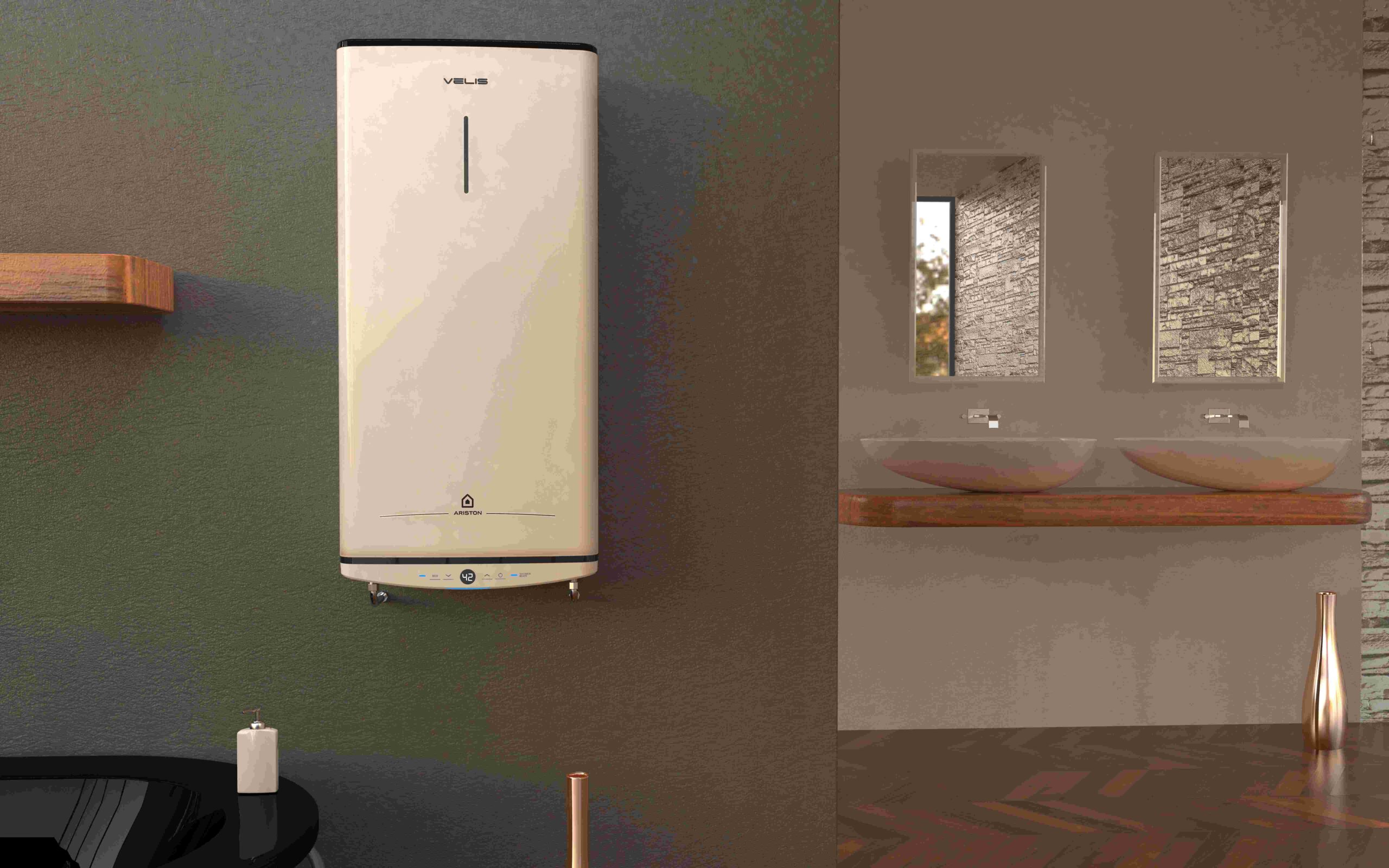What is an expansion vessel for boilers?
Find out what the boiler expansion vessel is and how does it work, but also what problems it can cause.
What is an expansion vessel for boilers?
Expansion vessel: a mouthful of words that no worries, are not as complicated as you’d think. Let’s clarify what this ominous word means, and let’s understand why and how it’s so important to our heating and/or boiler systems.
The definition of an expansion vessel:
Whether you’ve heard of the expansion vessel, or perhaps with its second name expansion tank, this clog is basically found in all of our heating systems.
The expansion vessel consists of a diaphragm that separates heating system water on one side and nitrogen on the other. However, if you’re new to the field, a simpler way of putting it is: the tool that allows your heating system to regulate the pressure level.
What does the expansion vessel do?
Although it may be tiny, the expansion vessel is definitely fierce in nature. Its main use is keeping our heating systems under control.
Carefully designed to fit into our heating/boiler systems, most homeowners usually never even notice the presence of the expansion vessel. Nevertheless, its presence is fundamental to the smooth operation of our home technology. Their main job is to keep the technology’s system static and counteract any amount of pressure that results in being too high or too low; the expansion vessel in fact can also grow in size to support its correct functioning.
It holds both water and air, and allows the boiler system to function properly by keeping its pressure levels under control. Depending on the pressure level that the boiler is set to, the expansion vessel adapts and works to maintain the safety of the technology.
What are the dos and donts of an expansion vessel?
DOS:
• Keep it under check. An expansion vessel’s lifespan is usually of 5-10 years, after which it is routine to replace it.
• Test the pressure that the expansion vessel can withstand. Depending on the heating system and/or boiler that you have, it is good practice to match the pressure levels of both tools.
• Recharge your expansion vessel! It may be necessary to recharge the vessel with water and/or air as time and usage pass.
DONT:
• Do not attempt to replace the expansion vessel on your own. Seeing how the vessel is tiny and may be fitted specifically to your boiler, it is always best to call on a trained technician to come and replace the vessel should there be the need to do so.
• Don’t bypass the recommended level of pressure for your expansion vessel. The clog is designed specifically for a purpose and has its pressure level installed according to the model that it is fitted with. If you believe that your expansion vessel is not functioning properly, contact a trained technician to carry out its maintenance.
A seemingly invisible apparatus that in reality is so important! Once you know of its existence, the expansion vessel becomes an essential element of the well-functioning of your heating system. Taking care of each clog means a better and long-lasting appliance!






